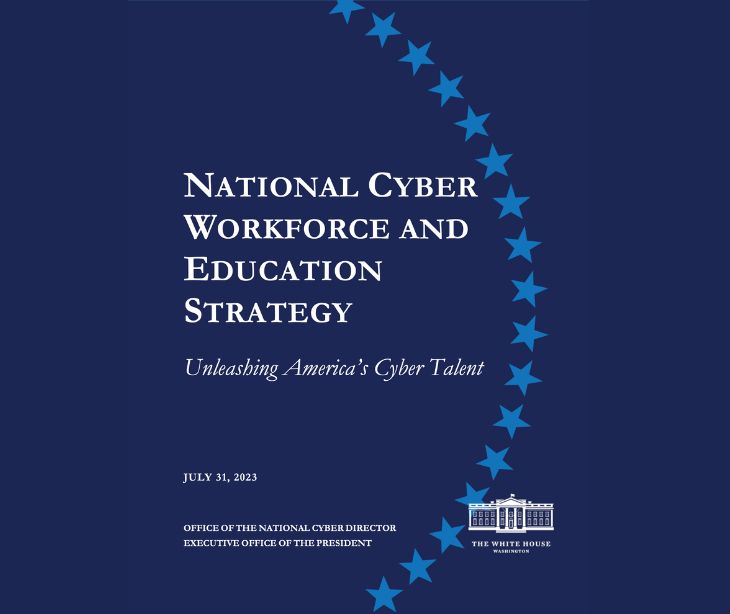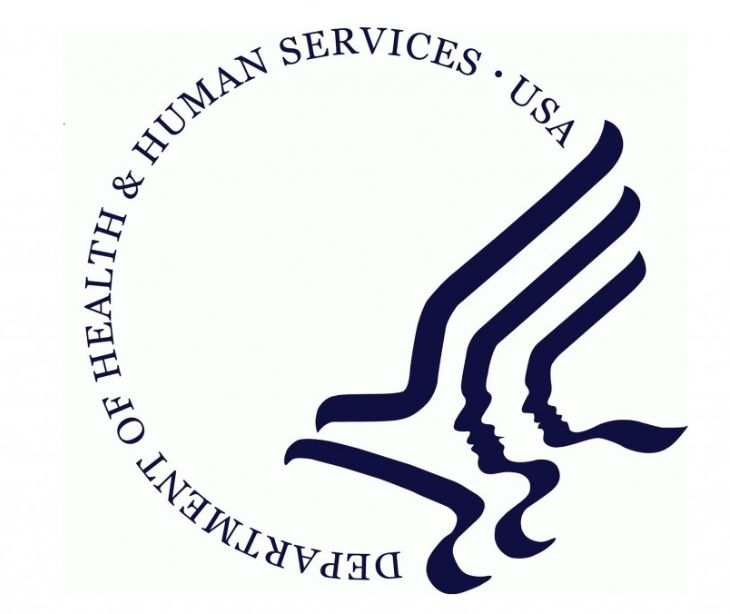2 min read
Biden-Harris Administration releases national cyber workforce and education strategy
Abby Grifno
August 01, 2023

In a 60-page document published on July 31st, 2023, the Biden-Harris Administration released their 2023 National Cybersecurity Strategy focusing on transforming cyber education to impact the cyber workforce.
What happened
The strategy document outlines the importance of cyberspace in daily life as well as its potential impacts on the environment, healthcare, and more. Despite digital technology transforming lives, the administration notes a gap in cyber education. The result is that cyber-related jobs are going unfilled as many interested Americans lack the necessary skill set.
The strategy's overarching goal is to ensure every American has the skills needed to use computers and the internet to accomplish daily tasks and take on jobs that require a specific skill set but not a four-year degree.
The report notes that nearly ⅓ of Americans lack digital skills despite 92% of jobs requiring those same skills.
Furthermore, with the growing use of cloud computing and other emerging technologies, the strategy emphasizes collaboration between employers, educators, government, and other stakeholders.
Related: New factsheet released to help organizations transition to cloud environments
Going deeper
The strategy is divided into four main pillars:
1. Equip every American with foundational cyber skills
The document outlines three foundational components: digital literacy, computational literacy, and digital resilience. The document suggests Federal investments will be used to provide these skills to all. The strategy also encourages government and industry specialists to contribute to a web-based open knowledge network containing resources on foundational cyber skills.
2. Transform cyber education
According to the document, cyber education shouldn't rely solely on educators. Instead, cyber education should also be part of workforce development. The document lists several cyber ecosystems, where stakeholders engage in K-12 schools, community colleges, and other educational institutions. Other ecosystems can include summer camps, hackathons, boot camps, and more.
3. Expand and enhance America's cyber workforce
The document outlines the need for employers to take on a "skills-based" approach instead of relying solely on college degrees, job experience, and industry-recognized certifications. The document insists that the cyber workforce must encompass all Americans and address barriers that have prevented underserved and underrepresented populations from joining the cyber workforce. Alongside skill-based employment, the document also encourages the use of flexible employment models. For instance, an individual may work 20 hours at one company and 10 at another.
4. Strengthen the Federal Cyber Workforce
The last pillar is strengthening the federal cyber workforce to protect IT systems, networks, and data, and support critical infrastructure. Despite the necessity of a federal workforce, jobs are frequently unattractive to qualified candidates. Part of this pillar is utilizing skill-based hiring and attracting qualified and diverse workers through additional benefits.
What was said
According to Kemba Eneas Walden, the Acting National Cyber Director, "Today's digital landscape is defined by ever-increasing demand for cybersecurity skills." She adds that new technologies will have the capability to "address climate change, secure our nation, and advance the health and welfare of the community."
Lastly, Waleden states that "strengthening our cyber workforce and equipping every American to realize the benefits of cyberspace is a whole-of-nation endeavor."
The big picture
The strategic plan is the result of a collaboration of 34 agencies and over a year of work. While the plan is comprehensive and vast, it will likely take time to be realized and impact the cyber workforce.
In the meantime, many organizations are still reeling from a lack of proper cybersecurity protocols and implementation procedures, leading to vulnerabilities that can be costly and can even impact individual well-being.
Subscribe to Paubox Weekly
Every Friday we'll bring you the most important news from Paubox. Our aim is to make you smarter, faster.



